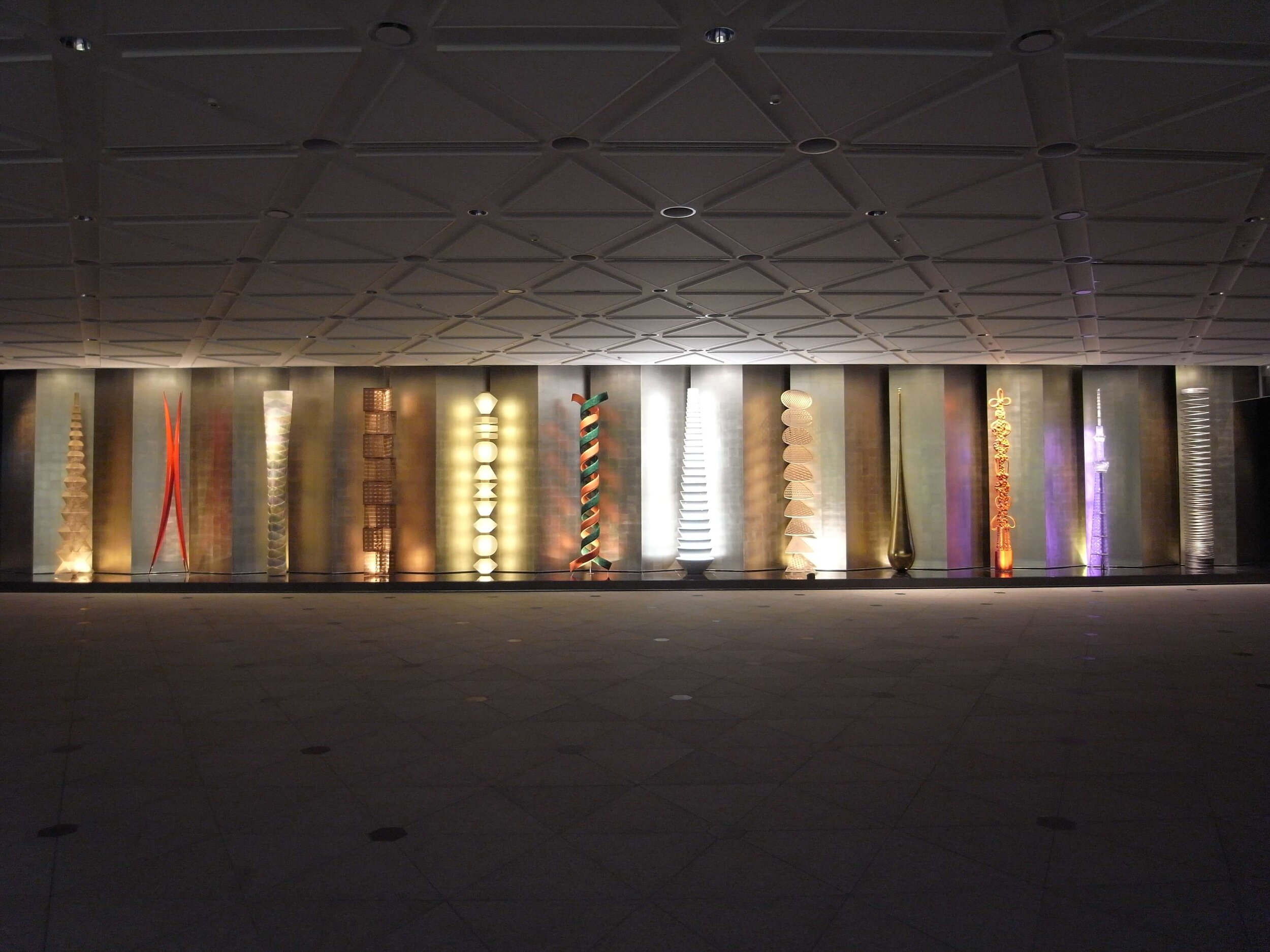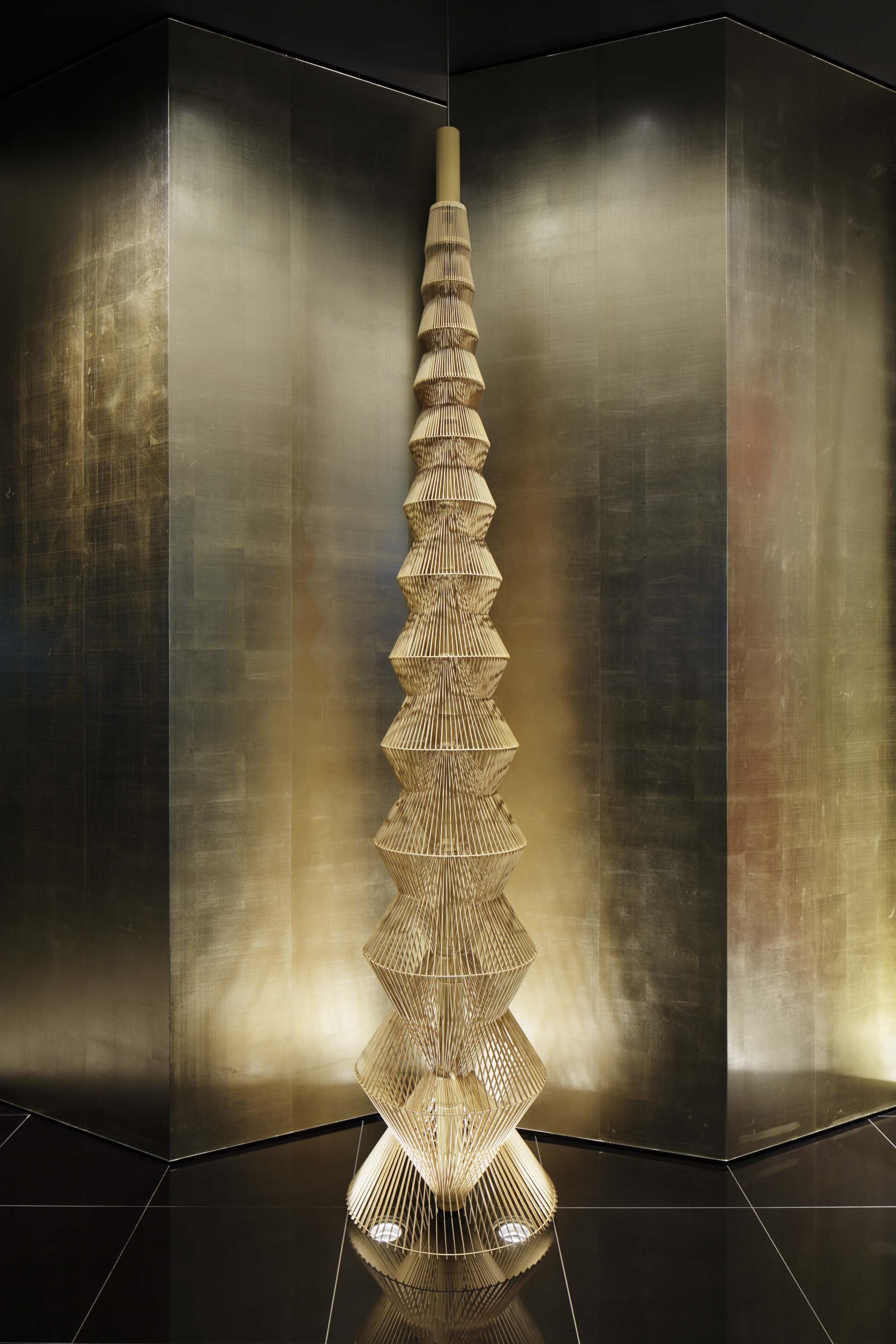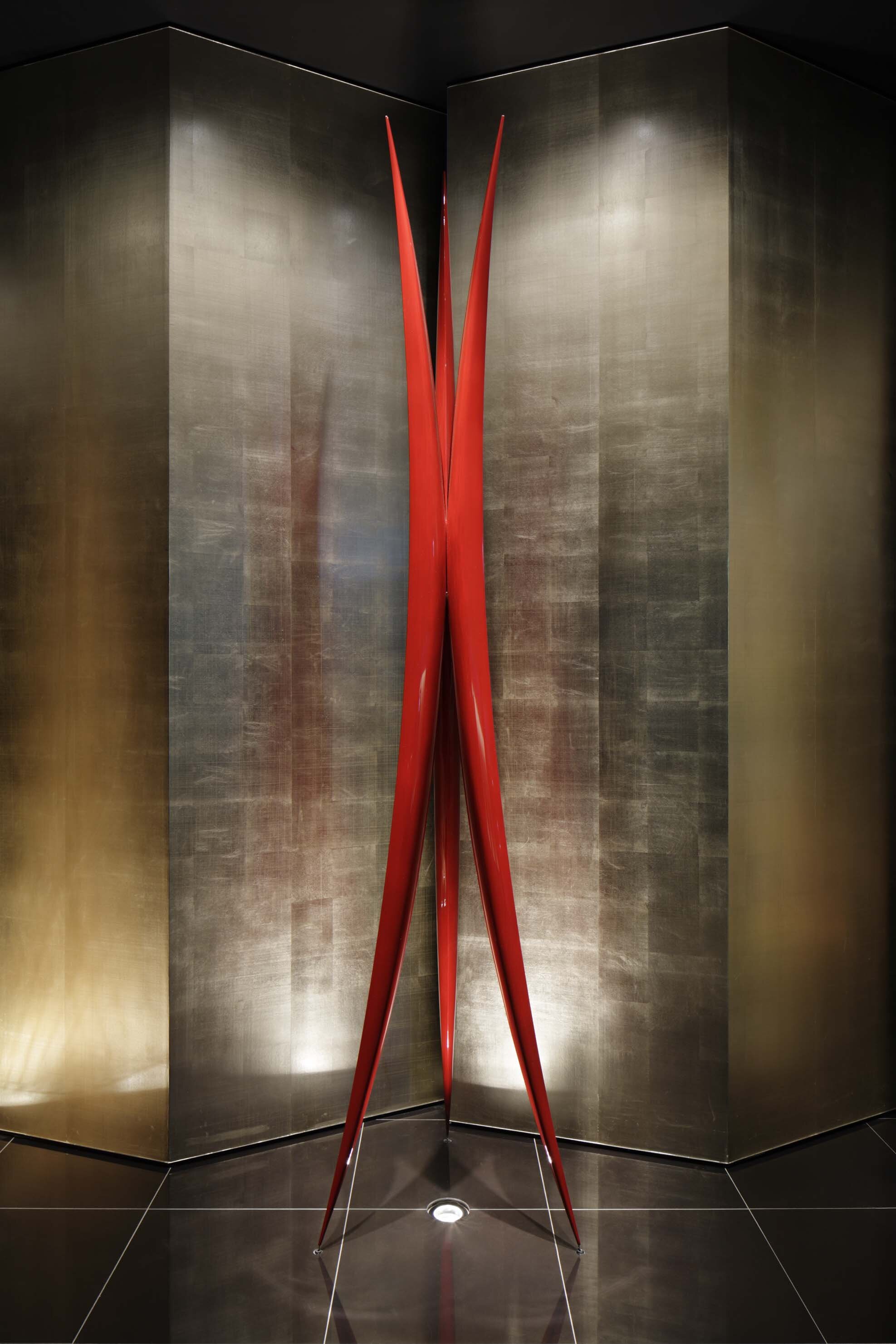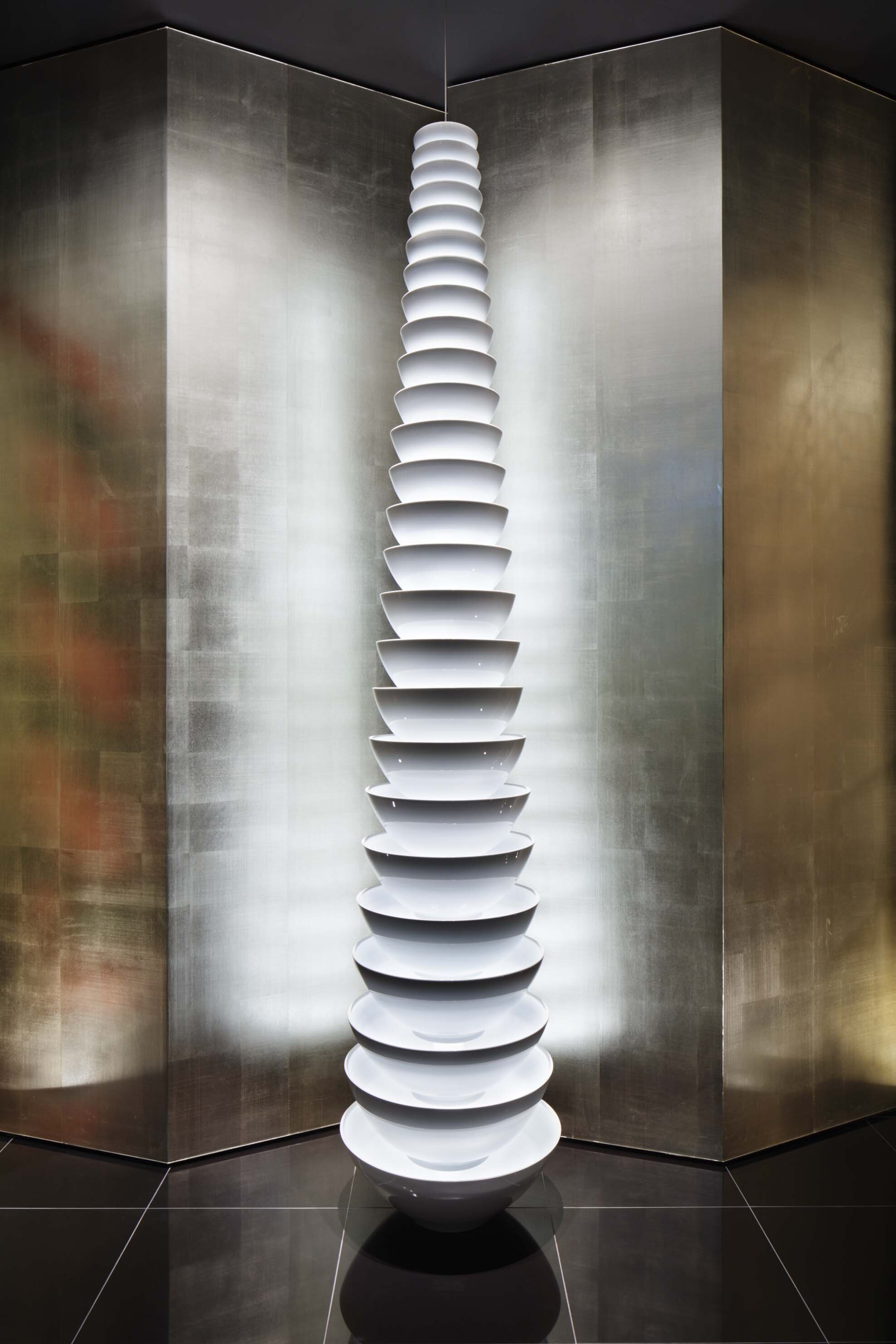A diverse expression of Japanese essences, created by “ubushina”
sponsored
SUPER CRAFT TREE designed by Hashimoto Yukio Design Studio | photography: Nacasa & Partners
There is a project in Japan called “ubushina” with the aim to create things, and this project has networks with the traditional Japanese craft producing districts, connecting craftsmen and architects.
Director of traditional handicrafts, Yudai Tachikawa, is the person who established this project in the year 2000, and realised custom-made objects and creative interior materials that all architects and interior designers love to use in their work.
We had the chance this time to discuss with him about 2 example cases that show the high diversity of traditional Japanese crafts and artisan works.




12 Stunning Objects of Tokyo Sky Tree
Even when an architect can find a traditional craft that they likes, it will usually be difficult for them to do the quality management or deadline management on their own.
This is when ubushina team comes in; the team will go in between the craftsman and the designer, and then creates the perfect interior materials, sometimes while utilising today’s processing techniques.
SUPER CRAFT TREE, designed by Hashimoto Yukio Design Studio, demonstrated the collective strength of the team members.
“Here we supported the creation of 12 objects that show the characteristics of Tokyo Sky Tree in the form of Japanese crafts, and it was designed by Yukio Hashimoto.”
Coil spring object was designed to represent the local industry of Sumida Ward.
For the ‘Some-Komon’ dyeing object, a traditional red pattern and a contemporary green custom-made textile was combined.
The techniques used here include bamboo ware from Beppu in Oita, lacquerware from Kiso in Nagano, Japanese ‘Washi’ paper, ‘Sudare’ screen, ‘Kumiko’ wooden patterns, ‘Edo-Kiriko’ cut glass, coil spring in Tokyo, ‘Chochin’ lantern in Gifu, ‘Hasami’ ceramics in Nagasaki, ‘Kazari-musubi’ ornament knot from Kyoto.
There would be no other organisation other than ubushina that has the ability to collect various techniques together from different districts, just like they did in this case.
“With the suggestion from Mr. Hashimoto, we’ve taken in not just the traditional Japanese crafts, but also the “coil spring” from a local factory in Sumida Ward where Tokyo Sky Tree is actually located. It was quite a challenge to create this spring in the perfect, beautiful balance.” Said the director Tachikawa as he looked back on this case.
Wall Art Panel for Hotel Metropolitan Sendai
Another outstanding case that demonstrates the diversity of Japanese crafts is the wall art in “HOTEL METROPOLITAN SENDAI” that NOMURA Co., Ltd. designed.
“We fulfilled the request from the designer to use local traditional crafts in the design by utilising our past experience to discover all the crafts from Tohoku region. We held multiple discussions with the designer from the moment of creating the concept, and we improved the degree of completion by becoming the interpreter for both craftsmen and the designer.”
HOTEL METROPOLITAN SENDAI designed by NOMURA Co., Ltd. | photography: Nacasa & Partners
The wall right behind the front desk has different crafts and local materials that all represent the Tohoku district, such as 'Tamamushi-Nuri' lacquerware, Ogatsu-Ishi stone, Shiraishi-Washi paper, Aizu-Nuri(Beni-Tame) lacquerware, Nambu-Sakiori fabric, Somou-Orimono fabric, Akita-Hachijo silk, Dewa-Momen cotton fabric, and 'Aizu-Momen' cotton textile. These crafts were arranged in patchwork style.
From a distance, it looks like a two dimensional wall art, but when you take a closer look, you will find it extraordinary since you will be able to see different textures of materials used in this art panel, such as stones and fabrics.
When asked about the general processes of creations, Tachikawa said; “We always pay respect to craftsmen. We ask them to concentrate on taking the quality level of their jobs to the max, while we take care of the management of installation methods or schedule. This is how we achieve our goals together and that is made possible because we clearly segregate the roles and responsibilities like this. All the craftsmen we work with are full of curiosity, and even when their workloads increase, they always put more effort into their tasks because they are happy to face unforeseen challenges.”
Ubushina acts just like a catalyst causing chemical reactions, as they induce unknown collaborations between architects and craftsmen. When asked about what message he would like to convey to all architects out there, he said,
“There is a word in Japanese traditional field like tea ceremony and martial art called “Shuhari”, that describes the path an apprentice needs to take to become a master. We always put great value in the Shuhari concept that tells you that you should establish your own style after you master the basic style. For those designers who request us a work, I would like them to ask themselves on how they can utilise their creativity to make the most out of traditions, and cause the evolution of these traditions.”
words: IDREIT
YUDAI TACHIKAWA
Director of traditional handicrafts / Planner
Born 1965 in Nagasaki Pref. Established “ubushina” project that aims to create custom made objects, interior materials, furniture, and lighting equipment by fusing Japanese traditional craftsmanship and contemporary design. Tachikawa is expanding the field of Japanese craft through their haute-couture-made products for architects and interior designers. Received The Mitsui Golden Takumi Award in 2016.
t.c.k.w inc. TEL: +81 -3-6434-5203
RELATED POST
>>> Stories on IDREIT














